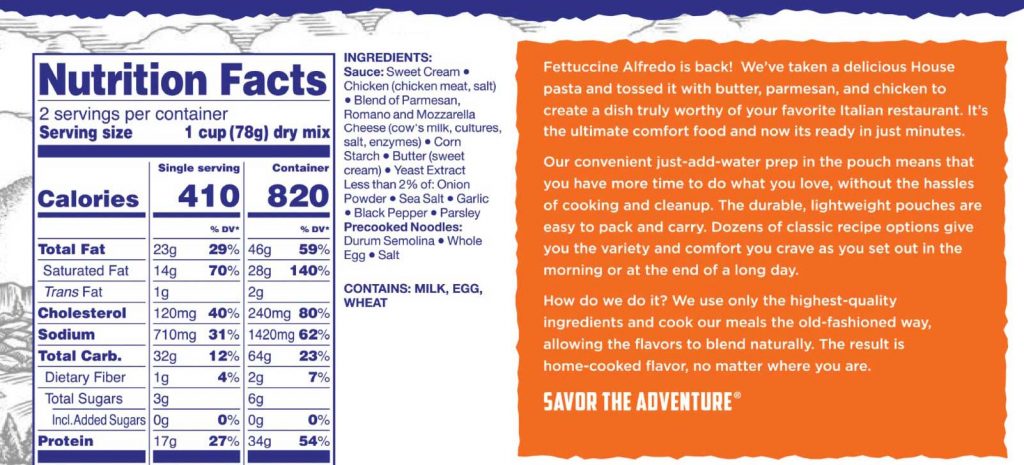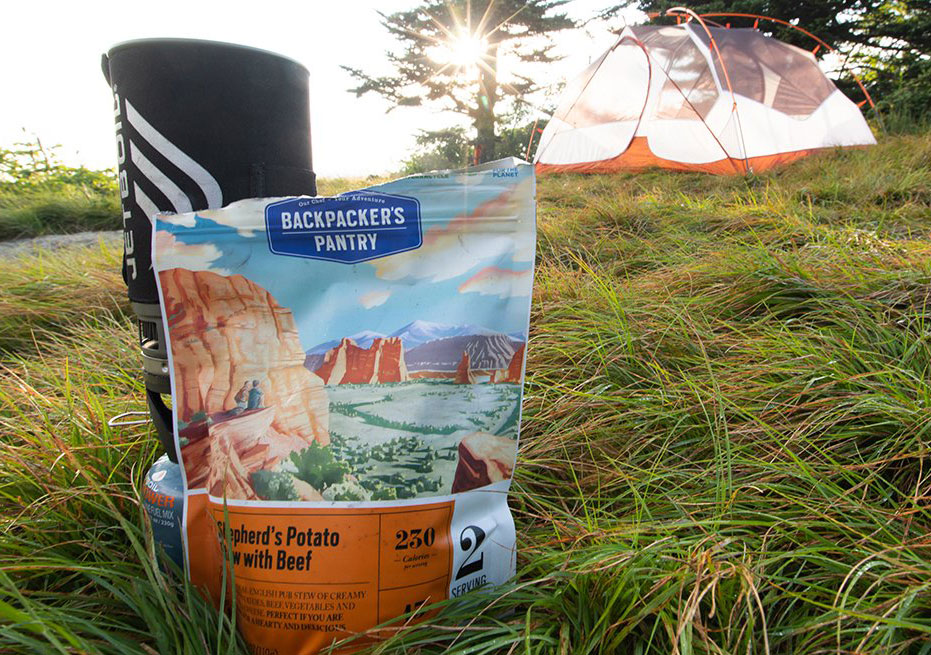I know firsthand how challenging it is to deal with food sensitivities and allergies, especially in the backcountry. So after researching what pre-packaged, freeze-dried meals were compatible with my various medical restrictions, I built a comprehensive chart for the more commonly sold meal packets. Each product listed indicates the presence of major food allergens at the time that this post was published, including dairy (D), egg (E), nuts (N), seafood/fish (F), soy (S), and wheat (W), while also indicating lower/medium/high levels of FODMAP ingredients and the existence of meat. Each product then links to the manufacturer’s website where the exact ingredients should be verified before ordering while also verifying the physical labels before consuming.
DISCLAIMERS: I make no warranty as to the accuracy of the information presented below. Errors could exist or ingredients could have changed since publishing. The information is presented purely to assist in the selection of potential meal products and should not be used as a substitute for verifying the exact ingredients of each meal packet before consumption.
CROSS CONTAMINATION DISCLAIMER: The information below does not include potential cross-contamination that might occur due to shared equipment utilized in the manufacturing or packaging processes. Some manufacturers list this caveat, if applicable, while others may not. The exact ingredients and other disclosures for a meal packet should be confirmed each time before consuming.
RECOMMENDATION: I always try a new meal product at home, within close proximity to medical care, before adding that product to my list of potential meal options while in the backcountry.


Leave a Reply